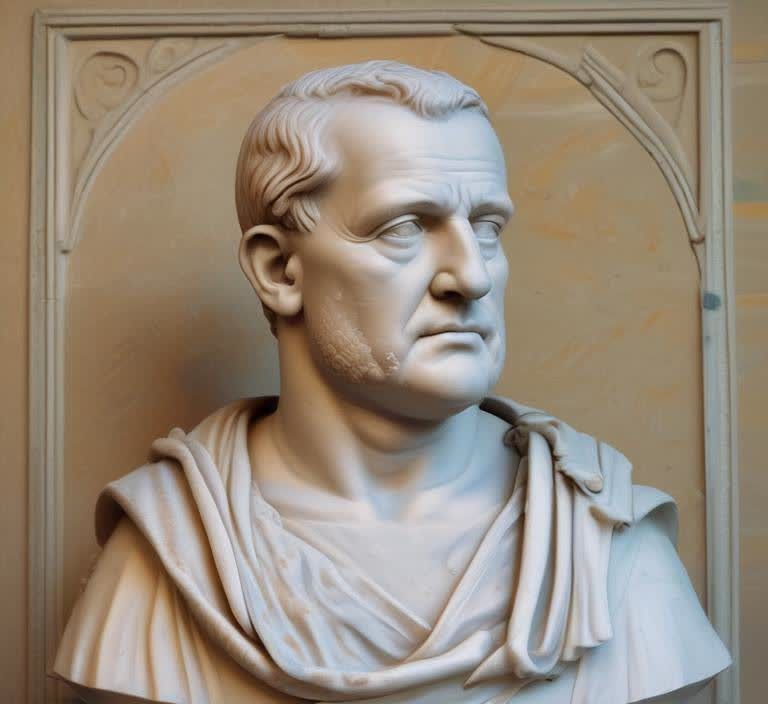
In ancient Rome, there was an emperor named Vespasian who came from a very humble background. Unlike many other Roman emperors, Vespasian didn’t grow up in a wealthy or powerful family. His father was a tax collector, and his mother was part of the equestrian class, which meant they were respectable but not part of the elite. Despite this, Vespasian had a strong ambition to succeed and decided to join the Roman army as a way to make his mark on the world.
As a soldier, Vespasian proved to be brave and clever, quickly rising through the ranks. His biggest successes came during the Roman conquest of Britain, where he led a legion of soldiers and helped expand the empire. Afterward, he was sent to Judea, which is part of modern-day Israel, to deal with a rebellion.
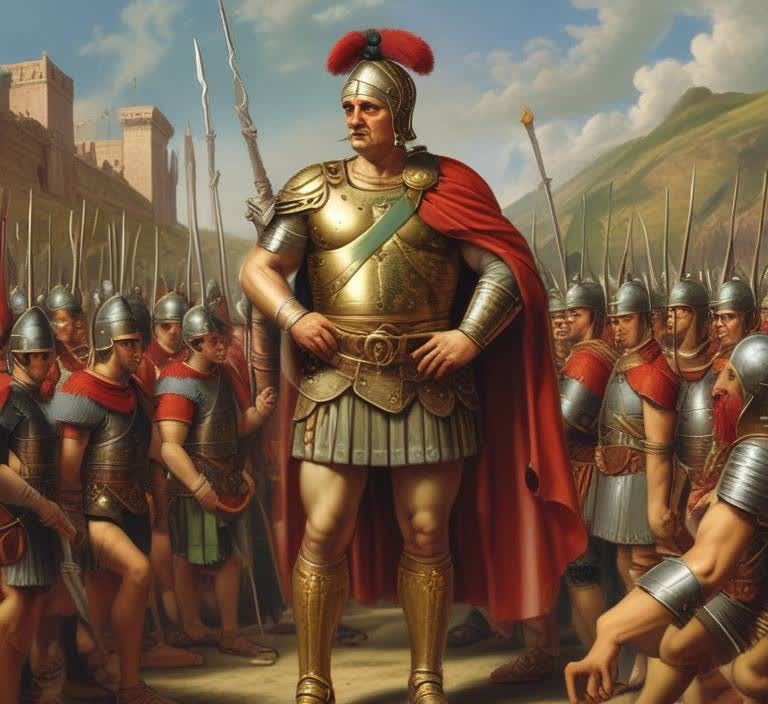
This was a huge task, as the people in Judea had been resisting Roman rule for some time. Vespasian’s victories there made him a hero to his troops, and he gained a lot of respect as a skilled military commander.
But the real turning point in Vespasian’s life came in the year 69 AD, which is often called the Year of the Four Emperors. Rome was in total chaos after the suicide of the infamous Emperor Nero. Without a clear successor, the empire was thrown into civil war, and in the space of just one year, four different men claimed to be emperor. The first was Galba, but he was unpopular and soon assassinated. Then came Otho, who also didn’t last long. After him, a man named Vitellius seized power, but he too was struggling to hold the empire together.
While all this was happening, Vespasian was still in Judea, dealing with the Jewish revolt. His soldiers, tired of the chaos back in Rome, decided that Vespasian should be the next emperor. They declared him emperor on the battlefield, and soon, other legions from Egypt and Syria also supported him. Vespasian knew that if he wanted to be emperor, he needed to march to Rome and take control himself. So, he left his son Titus in charge of the war in Judea and headed west with his loyal troops.
When Vespasian’s army reached Rome, they quickly overthrew Vitellius, putting an end to the civil war. With Vitellius gone, Vespasian officially became emperor, marking the beginning of a new era for Rome. He had fought hard to get to the top, but now he faced an even bigger challenge: restoring order to the empire.
One of Vespasian’s biggest problems was the memory of Nero, who had been one of Rome’s most corrupt and extravagant rulers. Nero had built himself a massive golden palace, called the Domus Aurea (Golden House), right in the center of Rome. It had huge gardens, a man-made lake, and was filled with gold decorations, statues, and art. The Roman people hated this because it was a reminder of Nero’s selfishness. While Rome was suffering from a massive fire and economic problems, Nero was building his own personal paradise.
Vespasian knew that if he wanted to win over the people, he had to do something bold. So, he decided to tear down parts of Nero’s Golden House and build something that would benefit the public instead of just one man. His idea was to build a huge amphitheater where the Roman people could gather to watch games, gladiator fights, and other entertainment. This would be a gift to the people, showing that Vespasian cared about them and not just himself. This grand structure would become the Colosseum.
The Colosseum was no ordinary building. It was designed to be one of the largest and most impressive structures in the world at the time. The Romans were master builders, and they used concrete and stone to create an enormous oval arena that could hold around 50,000 spectators.
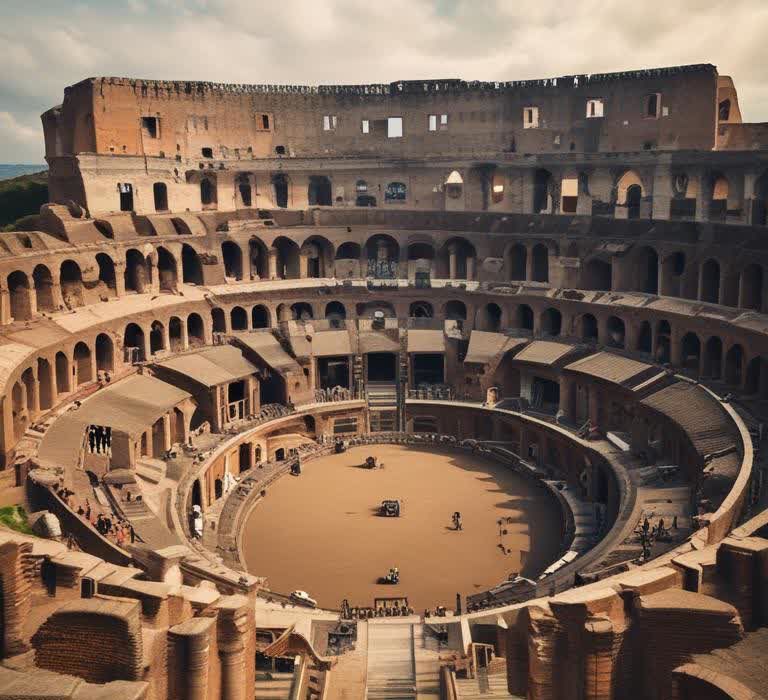
It was so well designed that people from all social classes had their own seating areas. The rich sat at the front, with the emperor having the best view, while the poorer citizens sat higher up. There were even special places for women and slaves, showing just how organized and advanced Roman engineering was.
One of the most amazing things about the Colosseum was that it could even be filled with water! For certain shows, they would flood the arena and stage mock naval battles with ships and soldiers fighting on water. The Colosseum was also used for gladiator fights, where trained fighters, often slaves or prisoners, would battle each other or wild animals like lions and tigers.
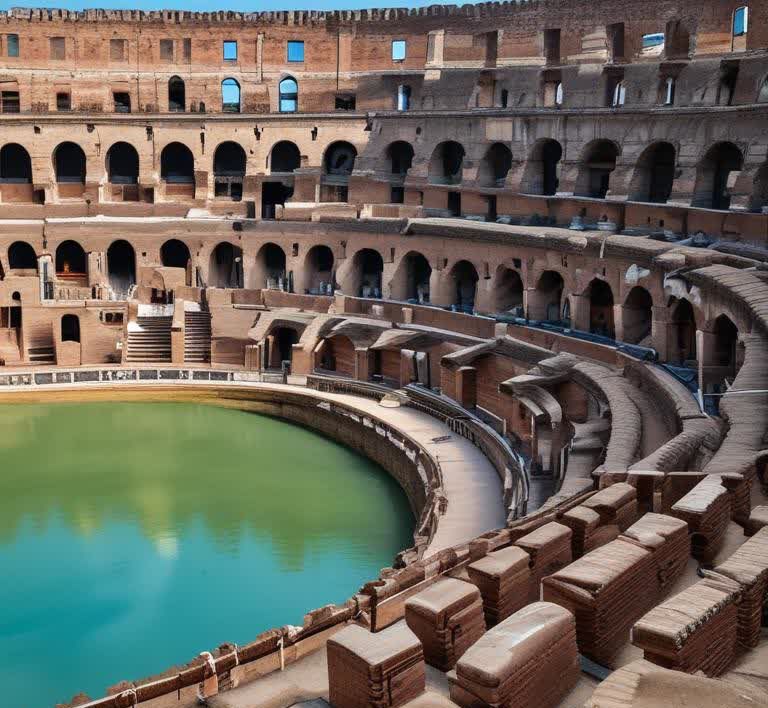
These games were bloody and violent, but they were extremely popular with the Roman public.
Unfortunately, Vespasian didn’t live to see the Colosseum completed. He died in 79 AD, before the finishing touches were made. But his son, Titus, who had stayed behind to finish the war in Judea, took over as emperor and completed the project. Titus held a grand opening for the Colosseum in 80 AD, with 100 days of games and celebrations. During this time, thousands of animals were killed in the games, and there were many gladiatorial contests to entertain the crowd.
The Colosseum became one of the most famous landmarks in Rome, and it still stands today as a reminder of the power and engineering skill of the Roman Empire. More than just an arena, it symbolized Vespasian’s efforts to bring the Roman people back together after years of civil war and suffering.
Vespasian’s legacy wasn’t just about the Colosseum, though. As emperor, he brought stability to Rome, fixing many of the problems that had caused chaos during the previous reigns. He reformed the Roman army, making it more disciplined and effective, and worked hard to rebuild Rome’s economy after the costly civil wars. Vespasian’s reign was marked by practicality, and he was known for his simple lifestyle compared to the lavish emperors before him.
In the end, Vespasian is remembered as one of Rome’s greatest emperors, not because he was born into power, but because he earned it through hard work, determination, and a commitment to his people. The Colosseum, a symbol of his reign, remains one of the most visited and iconic landmarks in the world today, nearly 2,000 years later.
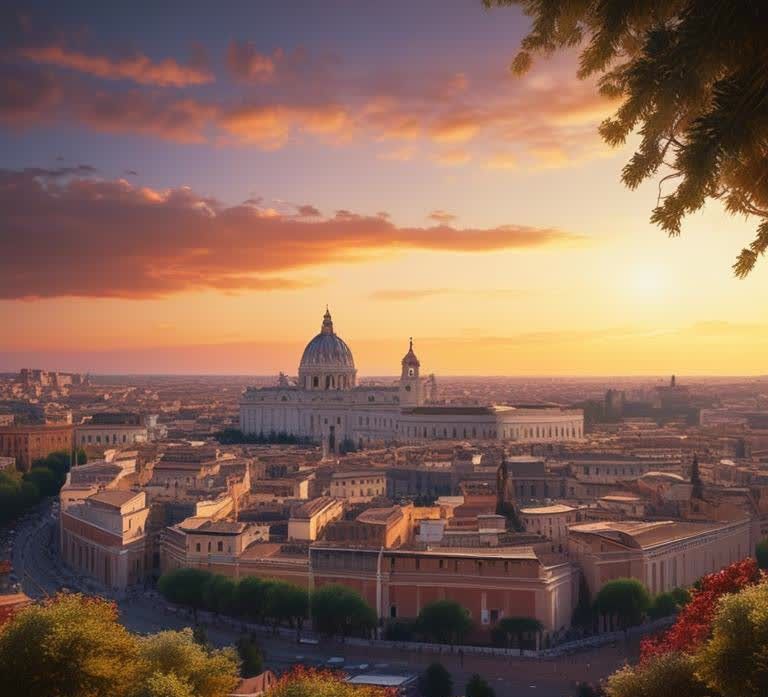
It stands as a testament to the legacy of a man who rose from humble beginnings to become the ruler of the greatest empire on Earth.